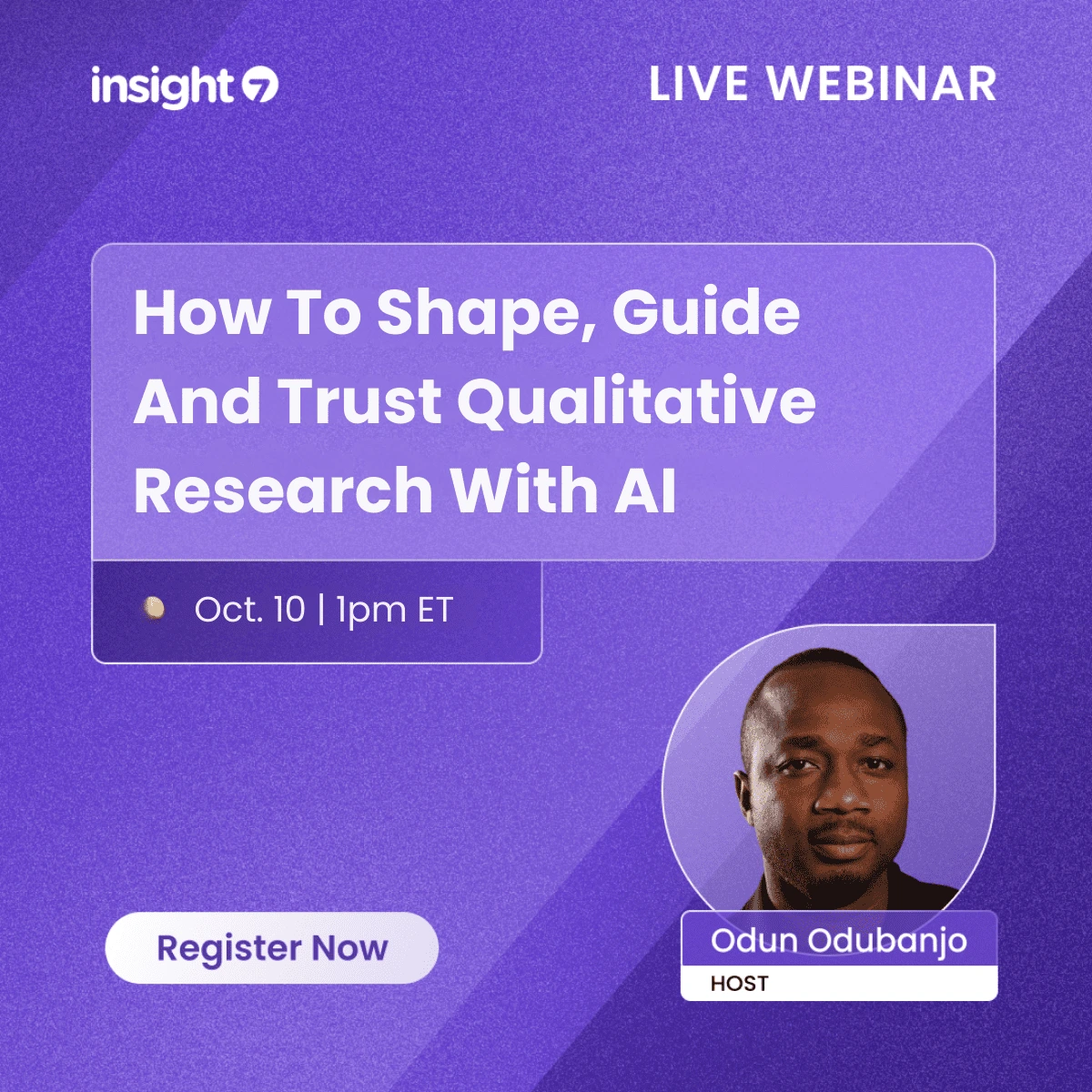Call Center Data Analysis: Turning Conversations Into Actionable Insights
-
Bella Williams
- 10 min read
Unlock the potential of your call center operations by leveraging data analysis to transform customer interactions into actionable insights. This guide explores the key benefits of call center data analysis, including improved customer service, enhanced operational efficiency, and informed strategic decision-making. Learn how to implement effective data analysis approaches that lead to measurable outcomes and continuous improvement.
The Role of Call Center Data Analysis in Modern Customer Experience Management
In today’s competitive landscape, call center data analysis has become essential for organizations aiming to deliver exceptional customer experiences.
Importance: Organizations that harness the power of data analysis can better understand customer needs, preferences, and pain points, leading to improved service quality and customer satisfaction.
Mechanism: By analyzing call recordings, chat logs, and customer feedback, organizations can identify trends and patterns that inform strategic decisions.
Transformation: This approach shifts organizations from reactive customer service models to proactive engagement strategies, enabling them to anticipate customer needs and streamline operations.
Cross-Functional Alignment: Effective data analysis fosters collaboration between customer service, marketing, and sales teams, ensuring a unified approach to customer engagement.
Implementation Essentials: Successful call center data analysis requires investment in technology, skilled personnel, and a culture of data-driven decision-making.
Understanding Call Center Data Analysis: Core Concepts
Call center data analysis involves the systematic examination of customer interactions to extract valuable insights that drive business improvements.
Definition: Call center data analysis encompasses various techniques, including speech analytics, sentiment analysis, and performance metrics evaluation.
Forward-Looking Approach: Unlike traditional methods that focus on historical data, modern data analysis emphasizes predictive analytics to forecast customer behavior and trends.
Core Capabilities: This approach enables organizations to:
- Capability 1: Enhance customer satisfaction by identifying areas for service improvement.
- Capability 2: Optimize workforce management through data-driven scheduling and performance metrics.
- Capability 3: Personalize customer interactions based on insights derived from previous conversations.
- Capability 4: Reduce operational costs by identifying inefficiencies in call handling processes.
- Capability 5: Drive sales growth through targeted upselling and cross-selling strategies.
Strategic Value: By enabling proactive decision-making, call center data analysis supports better alignment across teams and enhances overall business performance.
Why Are Organizations Investing in Call Center Data Analysis?
Context Setting: The shift from traditional call handling to data-centric approaches is driven by the need for organizations to stay competitive and responsive to customer demands.
Key Drivers:
- Customer Expectations: Modern consumers expect personalized and efficient service, which traditional methods often fail to deliver.
- Real-Time Insights: The ability to analyze data in real-time allows organizations to respond quickly to emerging trends and customer issues.
- Operational Efficiency: Data analysis helps identify bottlenecks and inefficiencies, leading to streamlined processes and cost savings.
- Enhanced Customer Engagement: Leveraging data to understand customer behavior enables more targeted marketing and communication strategies.
Data Foundation for Call Center Data Analysis
Foundation Statement: Establishing a reliable data foundation is critical for effective call center data analysis. This includes the integration of diverse data sources and maintaining data quality.
Data Sources: A multi-modal approach that combines various data sources enhances the accuracy of insights.
- Call Recordings: Audio data that provides context and content for analysis.
- Customer Surveys: Feedback collected post-interaction to gauge satisfaction.
- CRM Systems: Customer relationship management data that contains historical interaction records.
- Chat Logs: Text data from chat interactions that can reveal customer sentiment.
- Social Media Feedback: Insights from customer interactions on social platforms.
Accuracy Benefit: A comprehensive data approach improves the reliability of insights, leading to better decision-making and outcomes.
Key Components of a Call Center Data Analysis Stack
Stack Overview: Understanding the critical layers of a call center data analysis stack is essential for effective implementation.
Component Descriptions:
- Data Collection Module: Captures and stores data from various sources, ensuring completeness.
- Data Processing Engine: Transforms raw data into usable formats, applying necessary filters and transformations.
- Analytics Engine: Conducts advanced analytics, including predictive modeling and sentiment analysis, to identify trends.
- Visualization Tools: Present insights through dashboards and reports, making data accessible and understandable.
- Feedback Loop Mechanism: Integrates insights back into operational processes for continuous improvement.
Quality Emphasis: The effectiveness of the analysis depends not just on the quantity of data, but on its quality, relevance, and interpretability.
Success Dependency: The success of call center data analysis hinges on the quality of input data and the methodologies employed in analysis.
How Does Call Center Data Analysis Work Step by Step?
Step 1: Data Collection
Gather data from multiple sources, including call recordings, surveys, and CRM systems.
Step 2: Data Processing
Transform and clean the collected data to prepare it for analysis, ensuring accuracy and consistency.
Step 3: Data Analysis
Utilize analytical techniques to identify patterns and trends within the data.
- Pattern Type 1: Customer sentiment trends over time.
- Pattern Type 2: Common reasons for customer dissatisfaction.
- Pattern Type 3: Performance metrics of agents.
Step 4: Model Training
Use historical data to train predictive models that can forecast future customer behaviors and trends.
Step 5: Real-Time Processing
Implement real-time analysis capabilities to respond to customer interactions as they occur.
Step 6: Insight Delivery
Disseminate actionable insights to relevant teams, highlighting specific recommendations.
- Example Output 1: Suggested training topics for agents based on common customer issues.
- Example Output 2: Alerts for emerging trends in customer complaints.
- Example Output 3: Recommendations for process improvements to enhance efficiency.
Call Center Data Analysis Application Areas and Use Cases
Use Case 1: Customer Satisfaction Prediction
- Prediction Method: Analyze past interactions to predict future satisfaction levels.
- Recommended Action: Implement targeted training for agents based on identified weaknesses.
Use Case 2: Churn Analysis
- Analysis Approach: Use historical data to identify patterns leading to customer churn.
- Follow-Up Action: Develop retention strategies for at-risk customers.
Use Case 3: Performance Benchmarking
- Identification Method: Compare agent performance metrics against industry standards.
- Proactive Scheduling: Schedule high-performing agents during peak hours to optimize service.
Use Case 4: Upselling Opportunities
- Forecasting Approach: Analyze customer purchase history to identify potential upsell opportunities.
- Optimization Action: Equip agents with tailored scripts for upselling during calls.
Use Case 5: Process Improvement
- Method Description: Identify inefficiencies in call routing based on data analysis.
- Resulting Action: Revise call routing protocols to improve response times.
Platform and Tool Selection for Call Center Data Analysis
Choosing the right platform is crucial for effective call center data analysis.
Comparison Table:
| Feature | Insight7 | Traditional Alternative |
|---|---|---|
| Speech Analytics | Advanced capabilities | Limited functionality |
| Real-Time Reporting | Instant insights | Delayed reporting |
| Integration with CRM | Seamless integration | Manual processes |
| Predictive Analytics | Robust forecasting | Basic analysis |
| User-Friendly Dashboards | Intuitive design | Complex interfaces |
Common Pitfalls in Call Center Data Analysis Implementation
Context Warning: Many organizations struggle with effective implementation due to a lack of strategy and understanding of data analysis.
Major Pitfalls:
- Lack of Data Quality: Poor quality data leads to unreliable insights.
- Insufficient Stakeholder Engagement: Failure to involve key stakeholders can result in misaligned objectives.
- Overlooking Integration Needs: Neglecting to integrate data sources can limit the effectiveness of analysis.
- Ignoring Change Management: Failing to prepare teams for changes in processes can lead to resistance.
Success Foundation: Avoiding these pitfalls begins with a clear strategy and commitment to a data-driven culture.
How Do You Get Started with Insight7?
Step 1: Initial Setup
Ensure compatibility with existing systems and define integration capabilities.
Step 2: Data Synchronization
Establish processes for syncing data from various platforms, ensuring real-time access.
Step 3: Configuration Options
Customize the tool based on organizational needs, including dashboard layouts and reporting features.
Step 4: Training Process
Conduct training sessions using historical data to familiarize teams with the tool.
Step 5: Customization for Stakeholders
Tailor insights and reports for different teams, ensuring relevance and usability.
Step 6: Ongoing Optimization
Implement a review process to continuously refine data analysis practices and tools.
Optimal Call Center Data Analysis Configuration and Setup
ROI Optimization: Maximize return on investment by establishing clear objectives and metrics for success.
Best Practices:
- Data Diversity Requirement: Utilize a wide range of data sources for comprehensive analysis.
- Stakeholder Involvement: Engage cross-functional teams in defining goals and objectives.
- Historical Data Timeframe: Use an appropriate timeframe for historical data to ensure relevance.
- Review Cadence: Establish regular reviews to assess performance and adjust strategies.
- Automation Integration: Leverage automation tools to streamline data processing and reporting.
Building a Call Center Data Analysis Strategy That Scales
A scalable strategy requires cross-functional alignment and clear objectives.
- Joint Definition of Goals: Different teams must collaboratively define metrics and success criteria.
- Diverse Data Types: Incorporate various data types to enhance model accuracy.
- Prioritization and Feedback: Implement systems for prioritizing insights and automating feedback loops.
- Ongoing Refinement: Continuously improve the analysis process, adapting to new challenges and opportunities.
Call Center Data Analysis Benchmarks and Success Metrics
Evaluation Framework: Establishing benchmarks is essential for measuring the impact of data analysis initiatives.
Core Metrics:
- Customer Satisfaction Score (CSAT) (measures overall satisfaction with interactions)
- First Call Resolution Rate (indicates efficiency in resolving issues on the first contact)
- Average Handle Time (measures time spent on calls and efficiency)
- Net Promoter Score (NPS) (assesses customer loyalty and likelihood to recommend)
- Agent Performance Metrics (evaluates individual agent effectiveness)
Universal Principle: The ultimate goal of call center data analysis is to enhance decision-making and drive actionable improvements.
Frequently Asked Questions
Q: What is call center data analysis?
A: Call center data analysis involves examining customer interactions to derive insights that improve service quality and operational efficiency.
Q: How does it differ from traditional methods?
A: Traditional methods often rely on historical data without predictive capabilities, whereas data analysis focuses on forecasting future trends and behaviors.
Q: What platforms are compatible with call center data analysis?
A: Many modern CRM systems and analytics platforms support integration for comprehensive data analysis.
Q: What data sources are ideal for call center analysis?
A: The best results come from a combination of call recordings, customer feedback, CRM data, and social media insights.
Q: How long does implementation take?
A: The timeline for implementation varies based on complexity but typically ranges from a few weeks to several months.
Q: What security measures are in place?
A: Robust security protocols and compliance with industry standards are essential to protect customer data.
Conclusion
Call center data analysis is essential for organizations aiming to enhance customer experience and operational efficiency. By leveraging the right tools and strategies, organizations can turn data into actionable insights that drive measurable improvements.
Tool Recommendation: Selecting the right platform tailored to your organization's needs is crucial for achieving success in call center data analysis.







